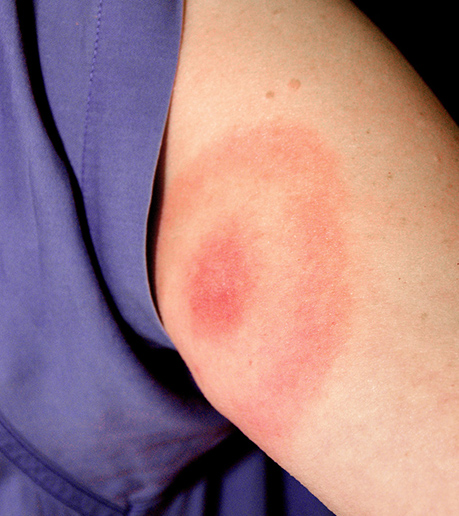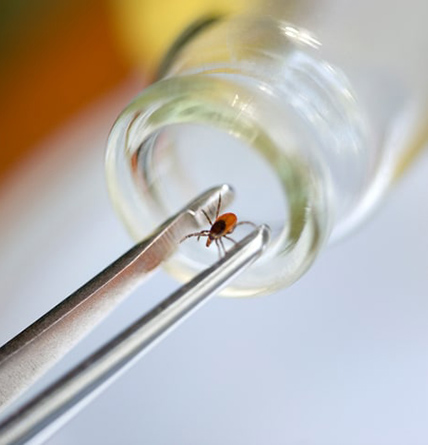Lyme Illness & Co-Infections
Lyme disease: the great imitator
Treating Lyme can revitalize your health
Lyme is a serious infectious disease. Spread by tick bites that may result in a bulls-eye rash, Lyme is caused by a bacteria called Borrelia burgdorferi. Frequently, the same tick bite that gives you Lyme spreads other bacteria as well, resulting in what are called co-infections.
Lyme Disease as the Great Imitator of Chronic Illness
Lyme disease is often called the great imitator. When Lyme goes untreated, it can eventually lead to symptoms that mimic other chronic diseases like fibromyalgia, multiple sclerosis and chronic fatigue syndrome. Many people struggling with chronic health problems are surprised to find that what they are actually dealing with is a case of Lyme.

Exploring the Wide Range of Symptoms Associated with Lyme Infection
Some of the more common symptoms of a Lyme infection include:
- Flu-like symptoms
- Fever
- Chills
- Night sweats
- Joint pain
- Meningitis
- Headaches and neck pain
- Chest pain and heart palpitations
- Neurologic conditions such as Bell’s Palsy (paralysis of one side of the face)
- Cognitive impairment
- Poor memory
- Difficulty concentrating
- Sleep disturbances
- Numbness and tingling (neuropathy)
- Anxiety
- Depression

Effective Treatment Strategies for Lyme Disease and Co-infections
If you’re struggling with Lyme (or are worried you might be) I want you to know there is hope. Treating Lyme disease and any co-infections can be difficult, but is both essential and possible. As a member of the International Lyme and Associated Diseases Society (ILADS), or what’s more colloquially known as a Lyme-literate medical doctor (LLMD), I’m up-to-date on the latest evidence-based treatment approaches. When we put that knowledge to work, we can start to get you well.

Enhanced Approaches for Lyme Disease Detection and Co-infection
The first step in treating Lyme is figuring out whether you have the disease at all. Lyme is notoriously difficult to test for—the most common forms of testing return false negatives in almost 40 percent of cases. However, I use more sophisticated blood testing with all of my patients, as well as clinical observation. This ensures we can know with confidence if you do or don’t have Lyme, and whether you are also dealing with any co-infections.

Tailored Approaches for Lyme Disease Treatment Based on Disease Progression
What we do next depends on how far along the disease has progressed. If you’ve just contracted Lyme, we can often knock out the infection fairly easily. However, the longer Lyme is in your body, the more it digs in. If you’ve been infected long enough to develop some of the more severe symptoms, healing will likely be a journey. What I promise is that I’ll take that journey with you, using safe, natural methods that support your body’s innate ability to get better.
Here’s what can happen when we treat your case of Lyme
If you just can’t seem to get your health on track, treating Lyme might be part of the answer. When I work with chronic Lyme patients, I see frustration, fatigue and even despair start to fade away, replaced by a zest for life and a sense that finally, things are moving forward. Your energy can return, your mind can feel clearer, and you can start to feel more at ease within yourself. Treating Lyme isn’t a panacea, but it’s a big step in the right direction.

